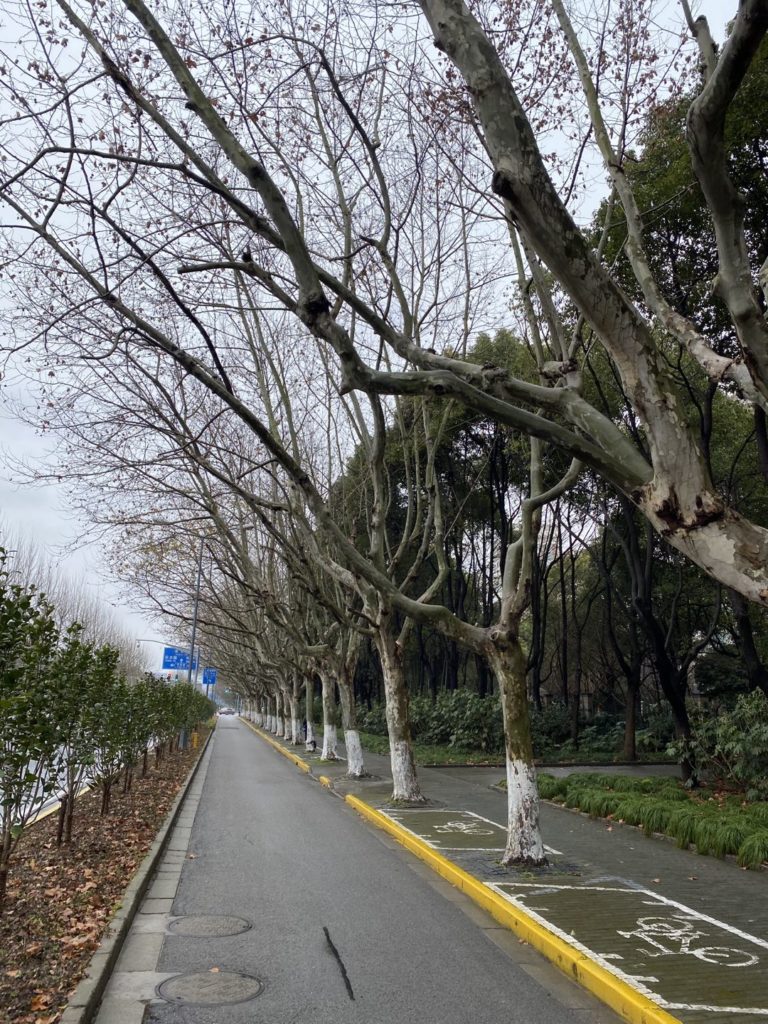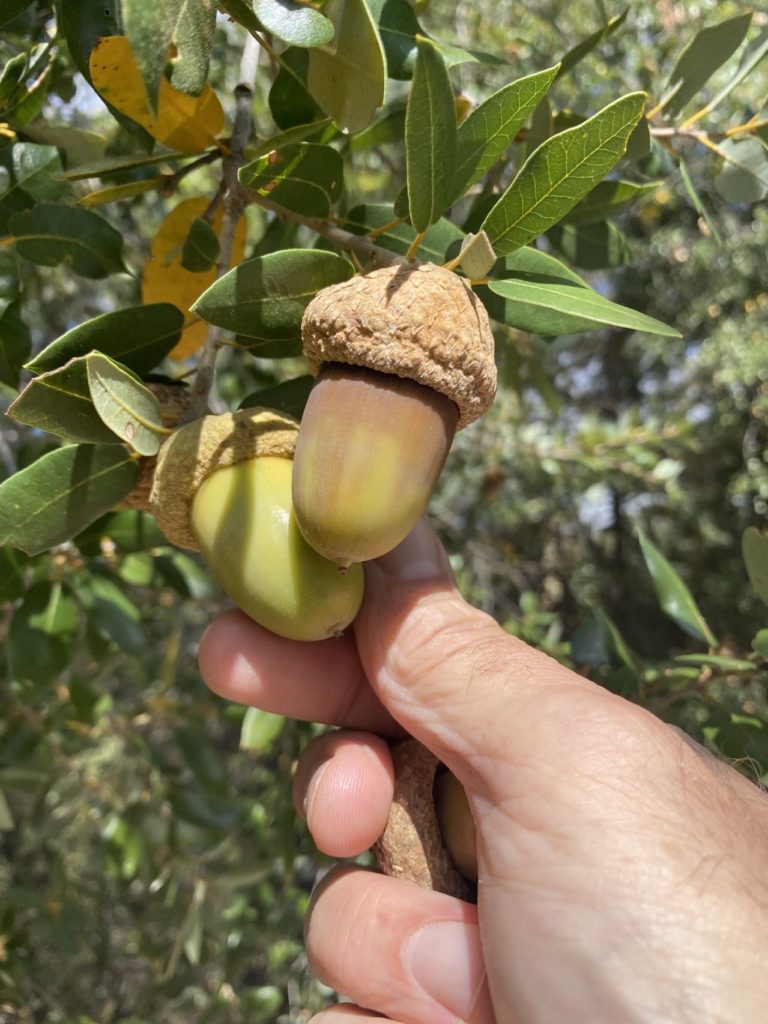Those who watch nature worry about the impact of climate change on trees. The details of that concern take shape in a new study authored by Manuel Esperon-Rodriguez et al (2022). They found a majority of urban trees and shrubs they examined are already at risk under current climate conditions. The risk of losing the benefits we derive from these plants in the urban forest intensifies with climate change.

Society’s reliance on trees has always been large. But as the implications of our two and half century long carbon-fueled binge begin to make themselves evident, our need for trees has never been clearer. Unfortunately, as we learn about the debt created by all that carbon, we are also learning about the effects it has on those trees we’ve decided to rely on in relieving that debt. Trees, stuck in place and unable to relocate by root or seed, are losing track of their ideal climatic niches. When a tree’s favored climate moves away from it there are only three actions the plant can take; 1) migrate with changing climate – moving to keep pace with its niche, 2) adapt its genes to the new climate, 3) die.
The traditional approach to horticulture, urban forestry, and silviculture has been retrospective. Trees, in the past took root and grew. They favored the climate, and that niche was right. And because from our perspective the climate is consistent, we assumed planting those types of trees would be best. But as the climate changes, warms and dries that retrospective approach begins to fall apart. Like a tree that doesn’t adapt its genes is destined for extinction, unless we become prospective in choosing trees for our urban forests, gardens, and silvicultural projects, we will lose trees and the benefits get from them.
Climate optimum
Understanding the climate favored by each tree species is important. In our retrospective models we’ve looked at the geographic area occupied by a tree species, and assumed it was the correct climatic niche, or the climate optimum for that tree. Within geographic areas we identified climatic variables like temperature. Hardiness zones are a shortcut to understanding these variables. Now as climate warming is beginning, we’ve lost some of our ability to link current geography with past climate variables; the past climate optimum doesn’t match the current climate. Many of these are assumptions because we haven’t measured it for many trees, it’s too difficult.
Drought stress measured by stomatal opening and plant growth can be used to reflect when a tree is experiencing its ideal climate. Lloyd Nackley (personal communication, 2022) has shown that red maple (Acer rubrum) in Oregon enters drought stress a couple weeks after the last rainfall of summer. In Oregon’s summer dry climate this means red maple is well outside its ideal climate. The climate is kept optimal with irrigation but with expected climate change that future irrigation becomes questionable.
Climate optimum was measured for Valley oak (Quercus lobata) which grows in California’s Central Valley. The ideal climate for this species is cooler and wetter than the climate experienced there over the last half century (Brown et al., 2019). Why then hasn’t the oak migrated with climate change?
Velocity
The climate is changing too rapidly for trees to keep pace. It’s found that about 24 miles of migration over 100 years is possible for most tree species. However, the velocity of climate change is so rapid that as much as 300 miles of northward migration is required before the century’s end (Aitken et al., 2008, Iverson et al., 2004). This shows the climatic debt – the difference between the climate baseline and the future climate – laid out in distance and time. Planted forests will not succeed if they only match past conditions without regard for the future climate. To be the most successful carbon sequestration projects must match planted species carefully to the modeled future climate. Seed transfer zones in the Pacific Northwest have kept the genes best adapted to a local climate in that place. But now foresters are beginning to adjust these areas to accommodate climate change, moving genes northward and up in elevation. This action offsets expected warmer future temperatures.

This same velocity problem is happening in the urban forest. With retrospective models, trees fit the weather pattern of 25 or even 100 years ago. Trees planted today, however, should best meet the weather of 75 years in the future.
The Study
In the study Esperon-Rodriquez et al. (2022) analyzed 3129 species in 164 cities across 78 countries to see if their assumed climate niche matched the cities where they were planted. Their data show a majority of species studied already experience temperature and precipitation conditions unmatched in their geographic range. The trees are already outside their climate niche. When compared to the future climate of 2050 under the Representative Concentration Pathway 6.0, more than 70% of the species are at risk. As the trees in the study are already living in stressed conditions and as the stress increases over time, the urban forest becomes more vulnerable to decline and the benefits society can expect from it will become fewer. These findings demonstrate how important is for urban foresters to select trees on a prospective basis.

